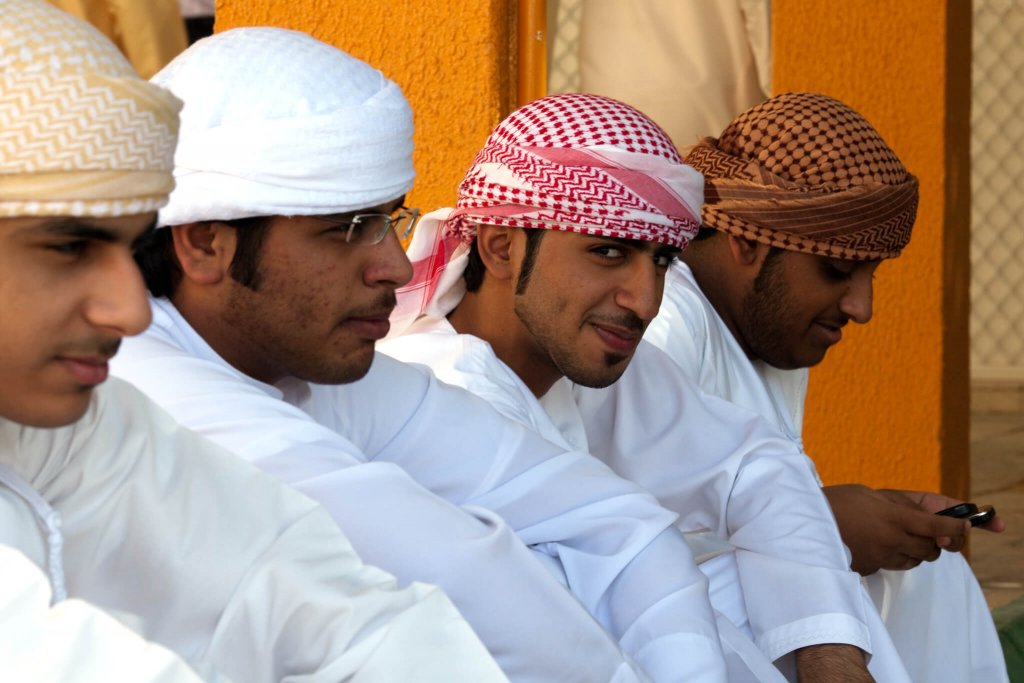A research project, undertaken at UAE University’s Department of Linguistics, has chronicled the Emirati dialect for compilation into a database, in an effort to identify development and speech disorders in children.
The compilation includes a database of transcribed texts based on six children communicating with their carers in their home environment.
It is the first time that the Emirati Arabic dialect has been documented in this way and the national news agency Wam reported that this is in part due to “a lack of Emirati specialists, speech therapists and language disorder experts,” according to Dr Dimitrios Ntelitheos, associate professor at the Department of Linguistics at UAEU.
Dr Ntelitheos continued stating “In order to understand if a child has a language problem, you have to compare their speech with what children typically produce, but we don’t have that for Emirati.”
Until now there has been little investigation into Emirati children’s speech development. The new research aims to assist experts working in this field through highlighting what to expect at certain stages of development, and should allow for an early detection of any speech impediment or potential language delay.
“It has theoretical uses too,” Dr Ntelitheos said. “In our departments, people who work on Emirati grammar can use it to see how it is employed in natural use.”
The database, known as the Emirati Arabic Language Acquisition Corpus, was first started by a research assistant from the university in 2008, when she began to interact with her nieces and nephews every week for half an hour. She recorded the weekly sessions over a period of two years, starting from when the six children were aged between two and four.
There are now 41 half-hour recordings which include the children speaking approximately 90,000 sentences. These comprise full sentences, utterances, and language development of each child over the two years. Four of the children completed the full two years of recordings, while two children only took part in half of the sessions.
The children were said to come from a middle-class background with parents who attained either high school or university educations, and who are either employed in government positions or are stay at home parents. The language used in the recordings is Emirati Arabic, which was the standard in their home environment, however, they were also exposed to a type of ‘pidgin’ Arabic and English which was spoken by the domestic help within the home.
The snapshot of language development captured within the ‘Corpus’ has helped to develop the essential database through which typical and atypical child development can be tracked and monitored. The university’s linguistic department is currently working on further projects set to monitor children who have language disorders or impairments, as well as autistic children, in a bid to develop diagnostic tests that specialists can use to detect language delays or problems.
Research groups around the world, including New York University, use the ‘Corpus’ to investigate how Arabic and Emirati Arabic develops in children. Dr Ntelitheos stated that “Arabic is very interesting because, as a language, it is very different, especially in morphology, compared to English, German or French, because there isn’t a lot of work in it so people are very excited to use it. They can find empirical evidence to solving problems in language and linguistic studies.”
The UAE University’s Department of Linguistics has proposed a new BSc degree in Communication Sciences and Disorders, which until now has been unavailable in the UAE. The objective of the new programme is to compile research from the existing resources to facilitate inclusion into the curriculum and to develop tests and teaching to help those who have language delay issues.












